– Allison Peel and Georgienne Bradley
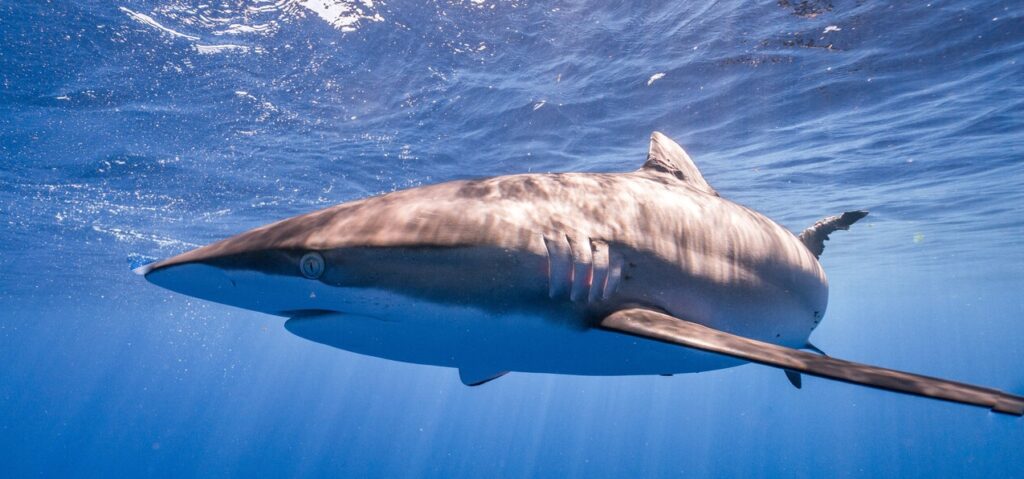
1. Introduction
On June 19th, 2023, a historic moment was reached at the United Nations as the Treaty of the High Seas was adopted by consensus and received a standing ovation. This significant milestone represents a victory for marine conservation efforts worldwide. However, before the treaty can take effect, it must be ratified by 60 countries. The High Seas Alliance, an organization advocating for the treaty, hopes that UN members at the General Assembly in September will commit to ratification, paving the way for its enforcement ahead of the UN Ocean Conference in 2025. While the adoption of the treaty is cause for celebration, the importance of ratification and subsequent enforcement cannot be understated.
Thank you for your generous gift that will help us continue the production of this weekly, free publication
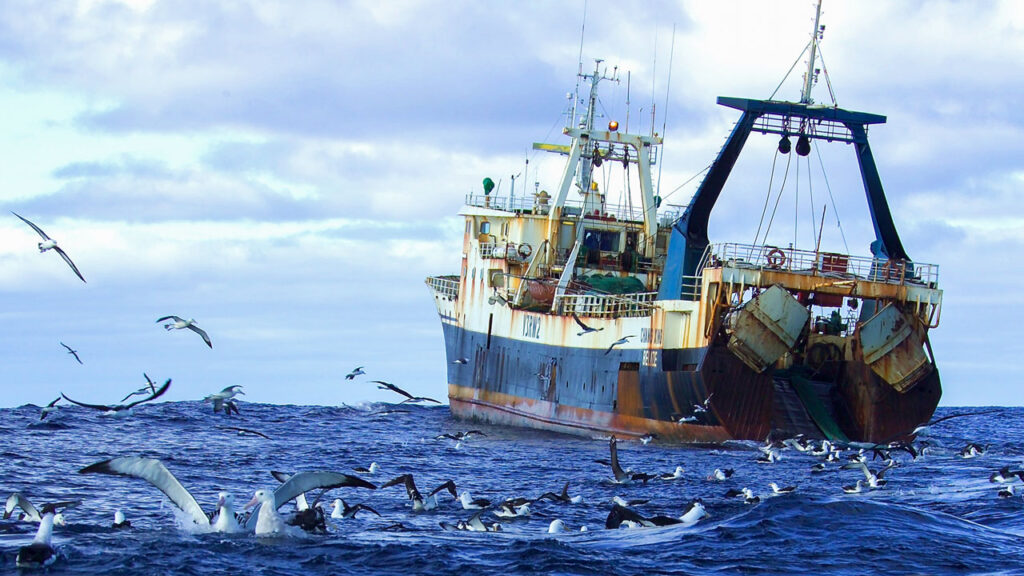
2. The High Seas: An Area in Need of Protection
The high seas, defined as areas beyond national jurisdiction, have long been considered a global commons available for exploitation by all nations. However, this vast expanse, comprising over 60% of the ocean’s surface and 95% of its volume, has suffered from overfishing, habitat destruction, and biodiversity loss. Until the High Seas Treaty (HST), only 1% of this area was protected.
The urgency to address these issues is clear, as alarming consequences such as the disappearance of 90% of large fish and the threatened status of three-quarters of oceanic shark and ray species have been observed. The HST aims to safeguard the biodiversity of the high seas, establishing marine protected areas and regulating commercial activities through environmental impact assessments.
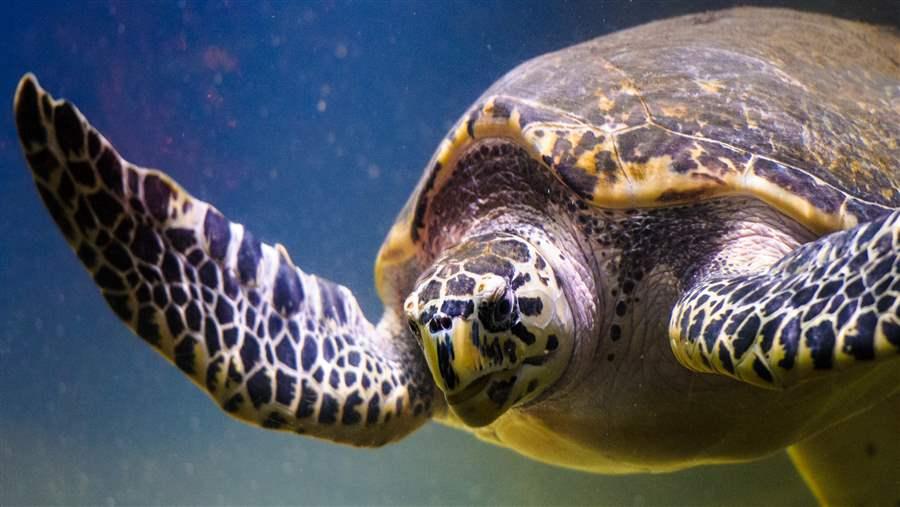
3. The HST Framework: Marine Protected Areas and Beyond
One of the crucial aspects of the HST is the establishment of marine protected areas (MPAs) in the high seas. These MPAs are designated zones aimed at preserving the marine ecosystem and its biodiversity by limiting human activities. The HST mandates the creation of a connected network of MPAs, ensuring sustainable use of marine resources and enhancing fish abundance and biomass in neighboring areas. The treaty also emphasizes the need to protect biodiversity hotspots, including the “twilight zone,” which harbors undiscovered species that contribute to ecosystem health and climate change mitigation.
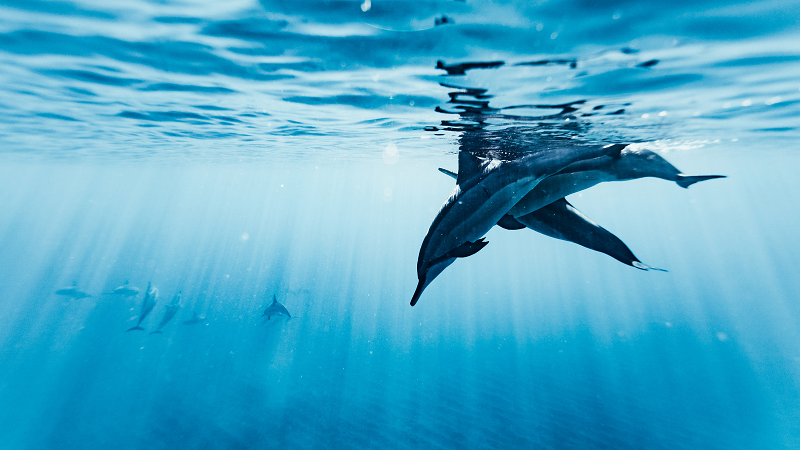
4. Addressing Environmental Impact and Marine Genetic Resources
The HST sets guidelines for conducting comprehensive Environmental Impact Assessments (EIAs) for commercial activities in the high seas. These assessments are crucial in preventing or mitigating adverse effects on biodiversity. Additionally, the treaty addresses the issue of marine genetic resources (MGRs), striking a balance between the freedom of scientific research and fair and equitable sharing of benefits. It establishes obligations for states to share both non-monetary and monetary benefits arising from MGR discoveries, ensuring transparency and promoting cooperation among nations.
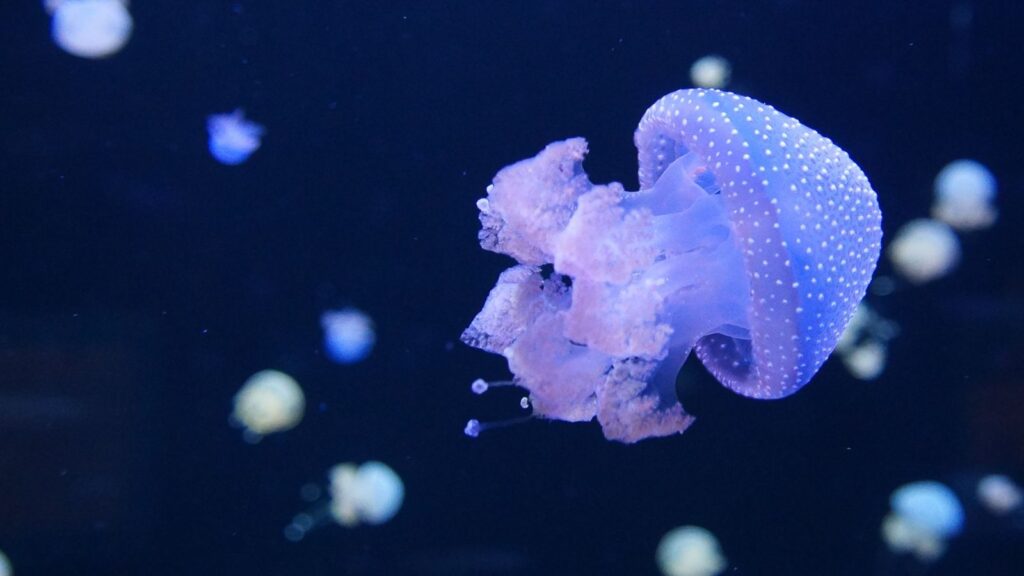
5. Capacity Building, Technology Transfer, and Finance
Recognizing the importance of supporting developing countries, the HST emphasizes capacity building and technology transfer. It aims to provide funding and resources for these nations to implement the treaty effectively. This includes support in areas such as data sharing, research facilities, institutional capacity, regulatory frameworks, and recognition of traditional knowledge held by Indigenous Peoples and local communities. The treaty also establishes funding mechanisms, both through assessed contributions and voluntary sources, to ensure the availability of resources for its implementation.
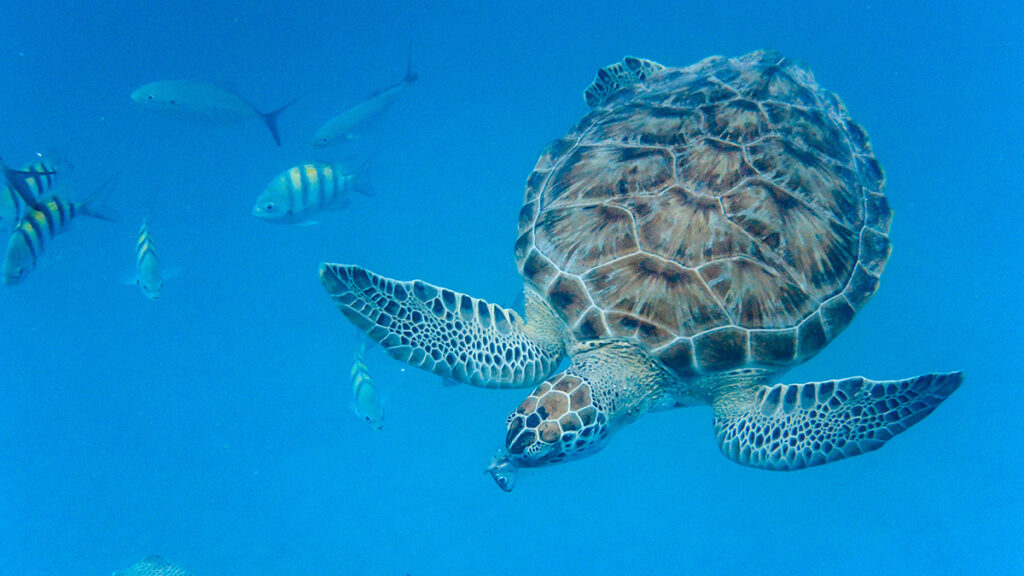
6. Ratification and Enforcement: Overcoming Challenges
While the June 19th adoption of the HST is a significant achievement, challenges remain in the process of ratification and subsequent enforcement. Ratification requires the agreement of 60 countries, a step that will likely occur after the treaty is opened for signatures in September. However, ratification alone is not sufficient. The high seas have often been likened to a lawless Wild West, and the lack of enforcement has been a recurring issue.
Various international instruments already govern marine and maritime activities, but the key lies in their effective enforcement. Strengthening existing institutions, such as the International Seabed Authority, the International Maritime Organization, and the UN Fish Stocks Agreement, while establishing robust monitoring and compliance mechanisms, is crucial for the success of the HST.
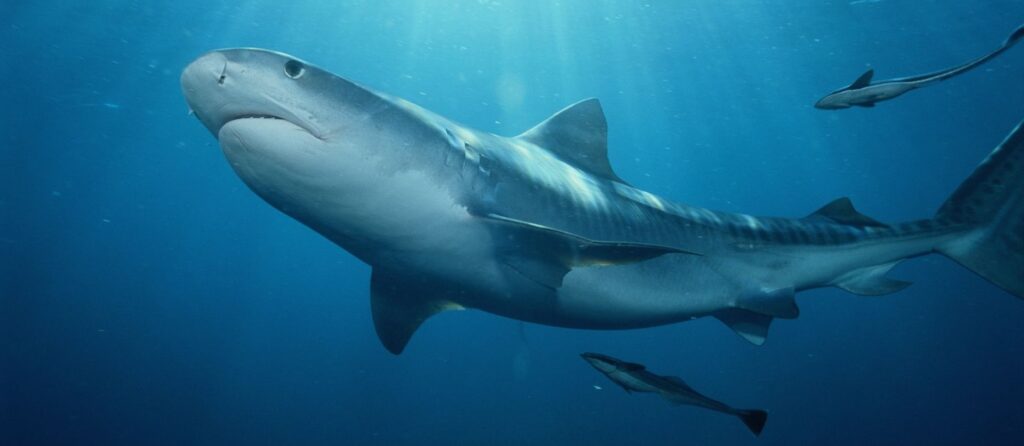
7. Conclusion
The adoption of the High Seas Treaty is a remarkable achievement in the global effort to protect and conserve the biodiversity of the high seas. By establishing frameworks for marine protected areas, environmental impact assessments, marine genetic resources, capacity building, technology transfer, and finance, the treaty sets the stage for enhanced transparency, cooperation, and sustainable use of marine resources. However, the journey does not end with adoption; it must be followed by ratification and enforcement.
The High Seas Alliance’s hope for UN member commitment to ratify the treaty in September is a critical step toward its successful implementation. The enforcement of existing international instruments governing marine and maritime activities must also be prioritized to ensure the effectiveness of the HST. Only through these concerted efforts can we safeguard the high seas, protect marine biodiversity, and secure the future of our oceans for generations to come.




